What Are Our Priorities? 20 Questions To Guide School Leaders
In an era of significant change and new pressures and opportunities, how should leaders organize school priorities?
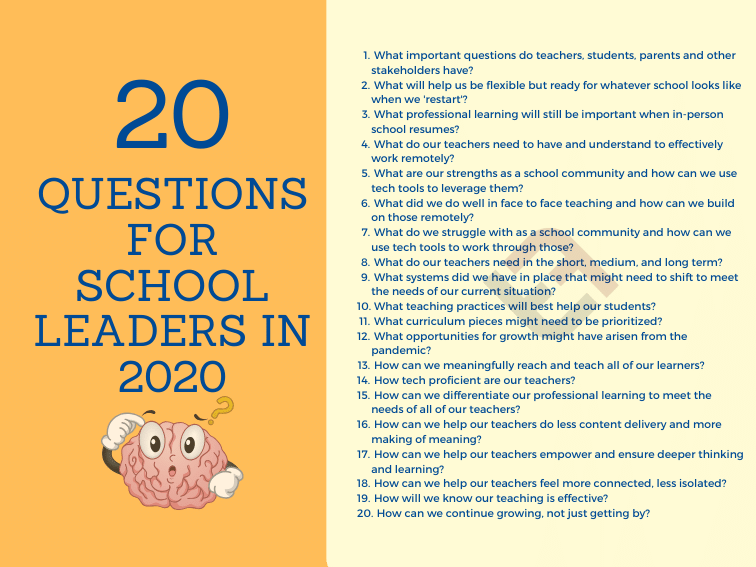
In an era of significant change and new pressures and opportunities, how should leaders organize school priorities?
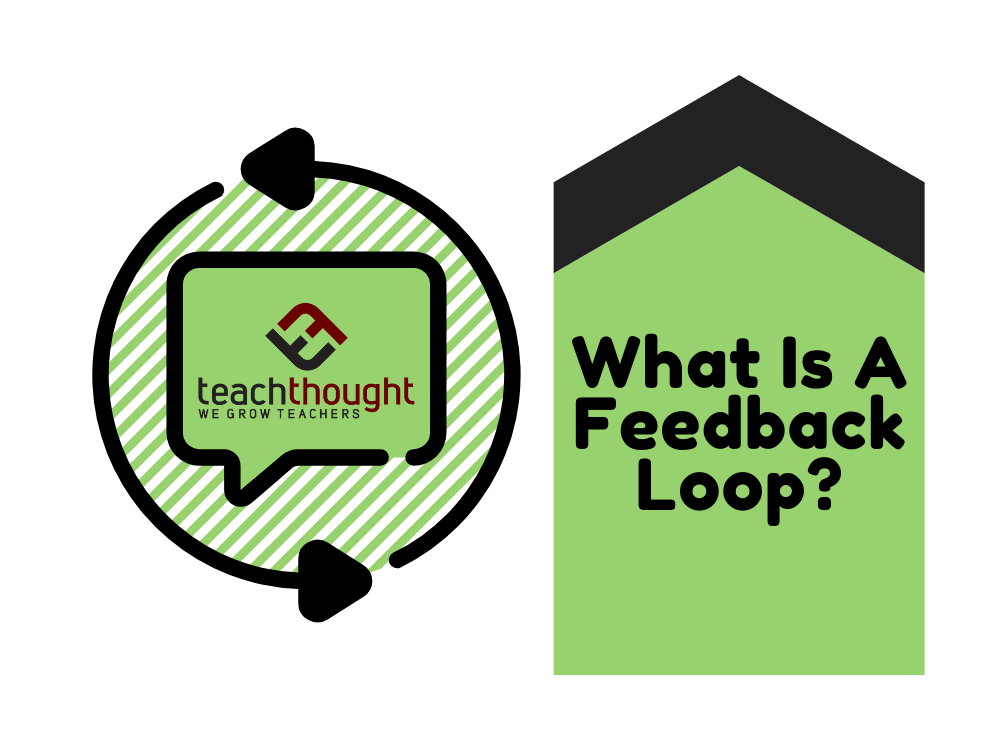
A feedback loop in learning is a cause-effect sequence where data is responded to based on recognition of an outcome.
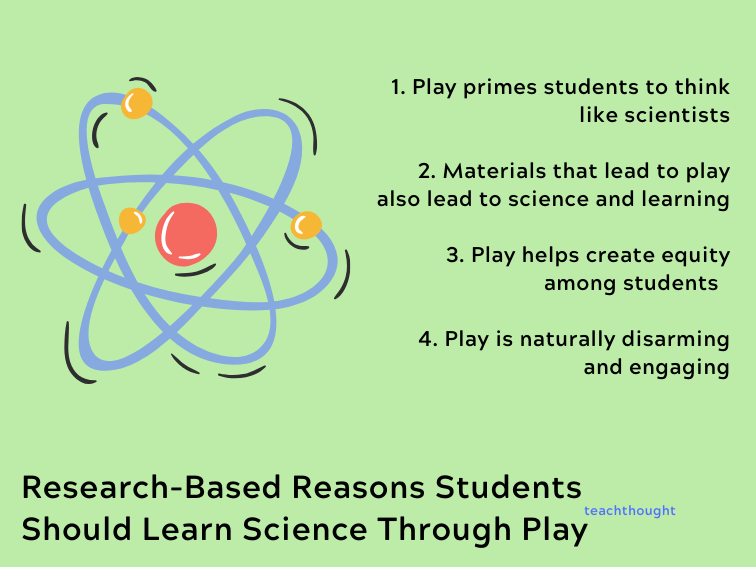
Learning science is a dynamic, spiraling, evolving, inherently playful process that promotes creativity and critical thinking.
Crows can remember individual humans for a long time, and even communicate how to identify them to their group.
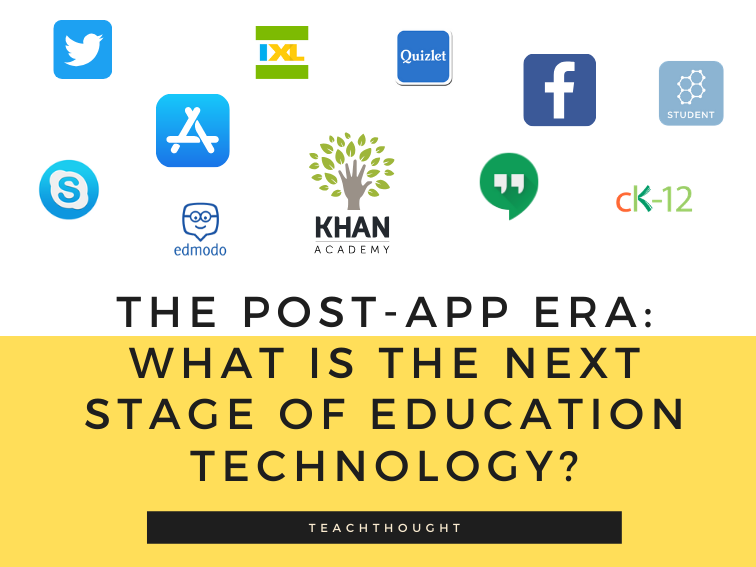
The stages of education technology include a ‘post-app’ era characterized by blended learning and genuine mobility in communities native to the learner.
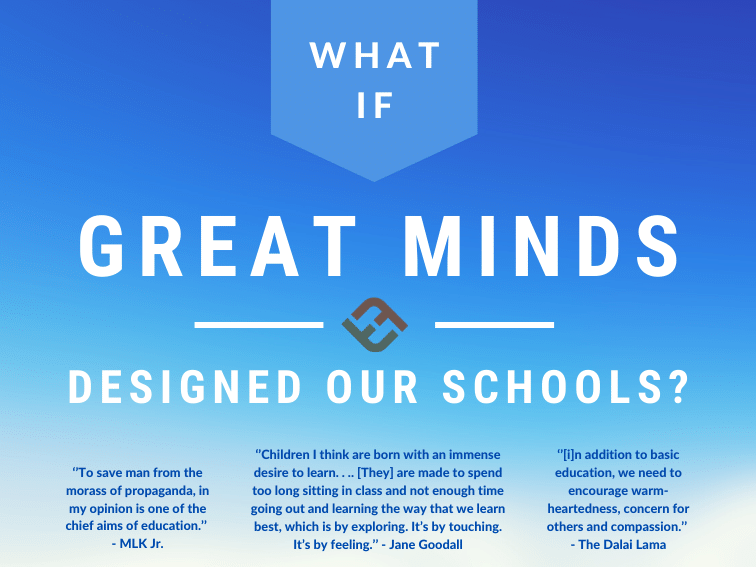
Rather than academic content, many great minds have emphasized imagination, curiosity, playfulness, creativity, and a love of learning.
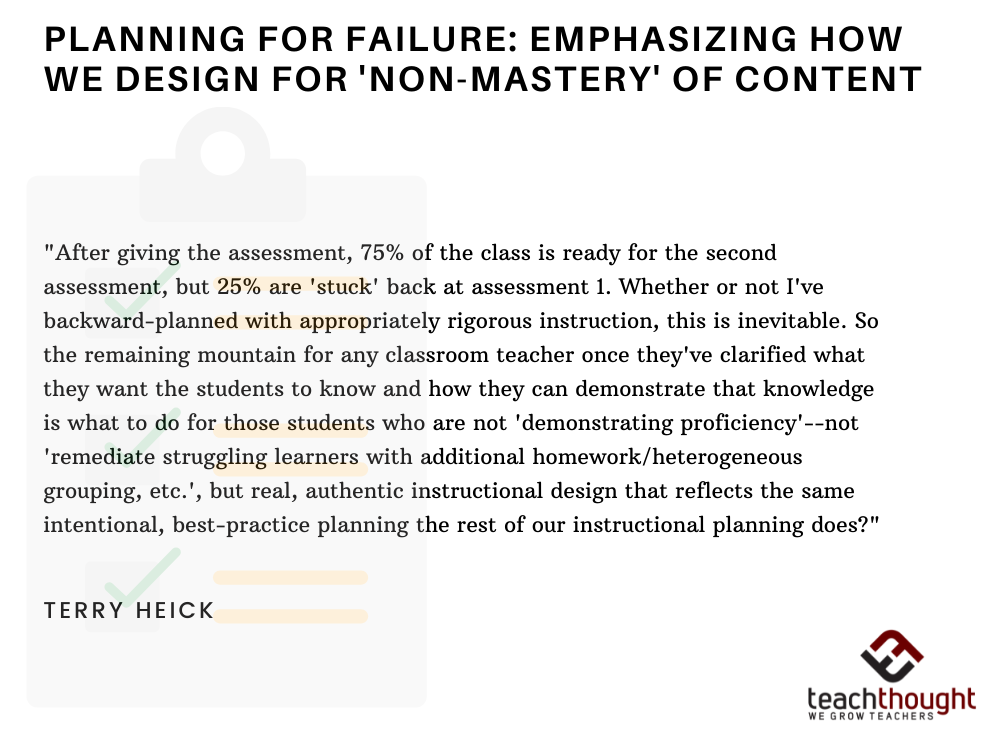
If I begin curriculum planning by identifying ‘power standards,’ where does the differentiation-based-on-assessment-results occur?
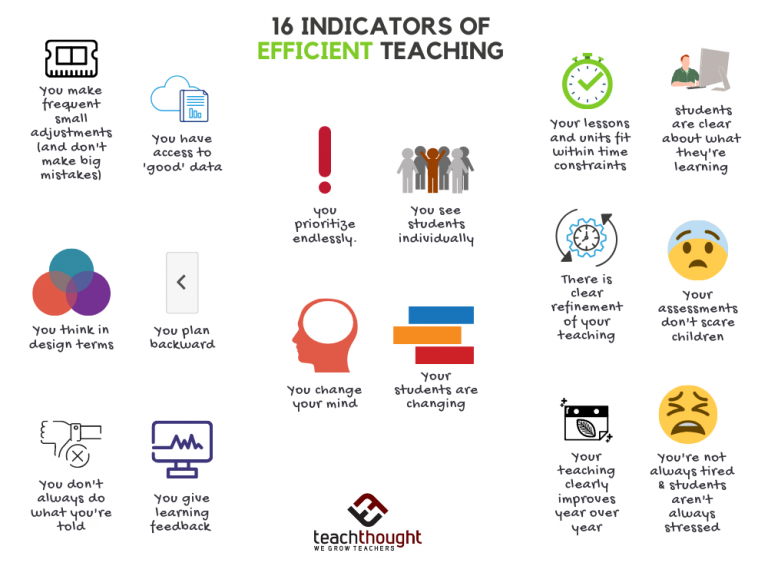
Indicators of efficient teaching are similar to indicators of efficiency in other fields: It’s about smart design and refinement over time.
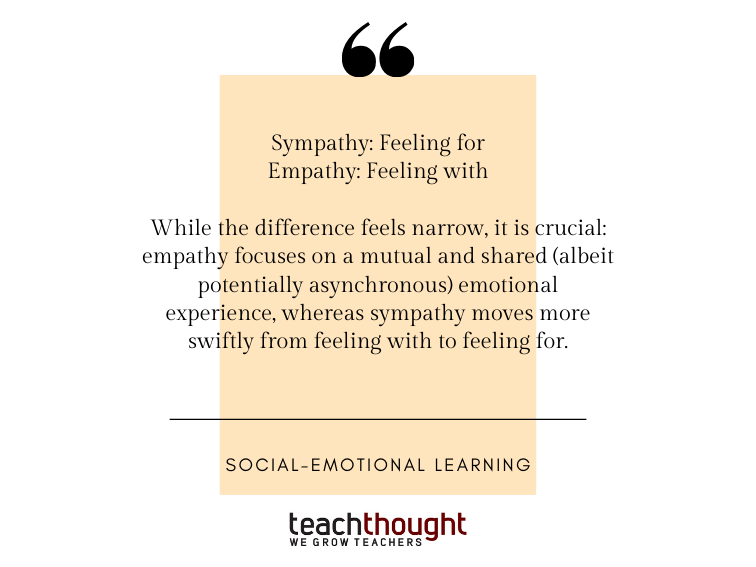
Empathy focuses on a mutual and shared emotional experience, whereas sympathy moves more swiftly from feeling with to feeling for.
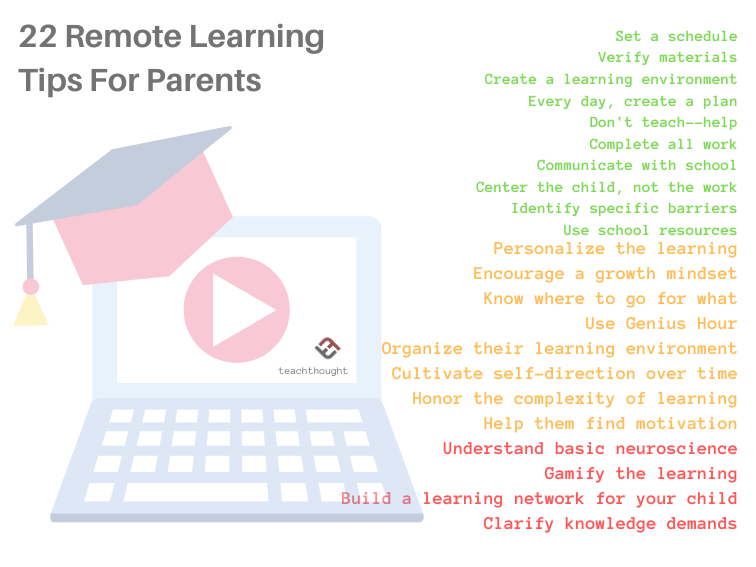
Remote learning tips for parents include focusing on the child’s well-being, creating a schedule, providing resources, and making sure work is complete.
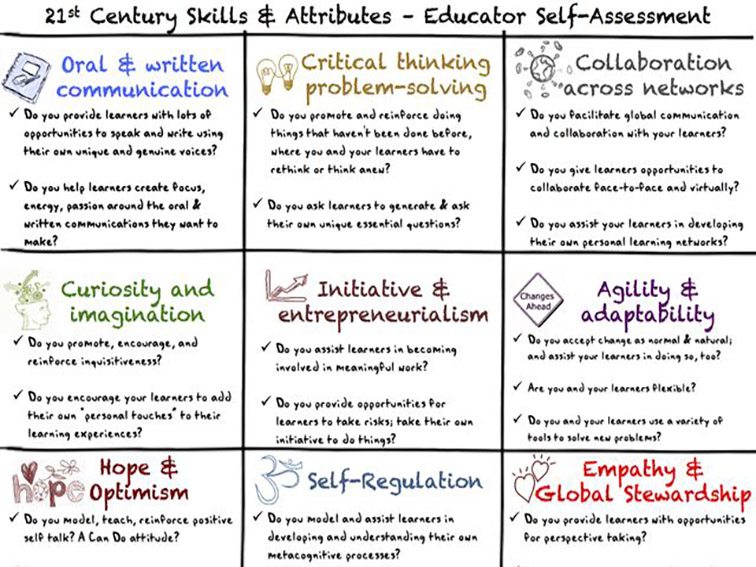
Gerstein’s Self-Assessment includes questions to evaluate your teaching, like “Do you help learners develop steps to achieve their dreams?”
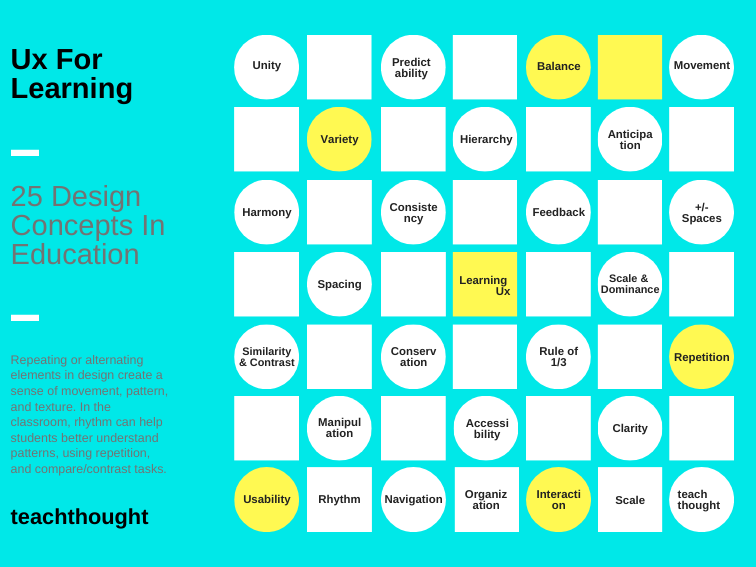
Designers use movement to guide viewers with lines, shapes, and colors. Educators can use this principle, guiding students to key ideas.